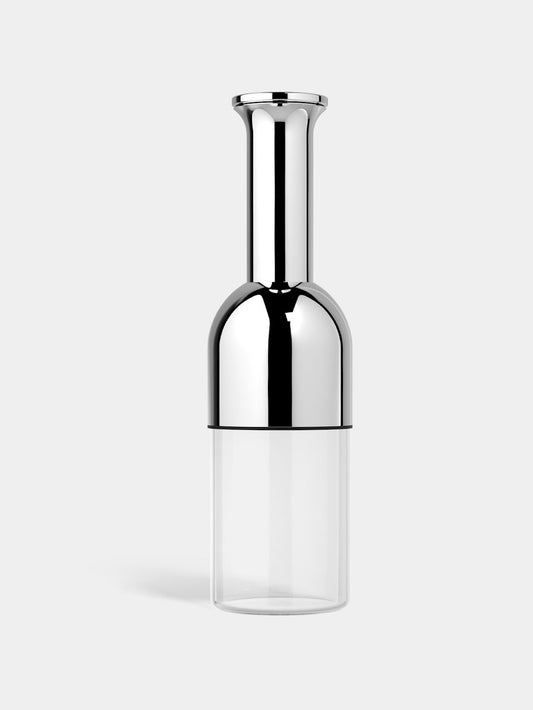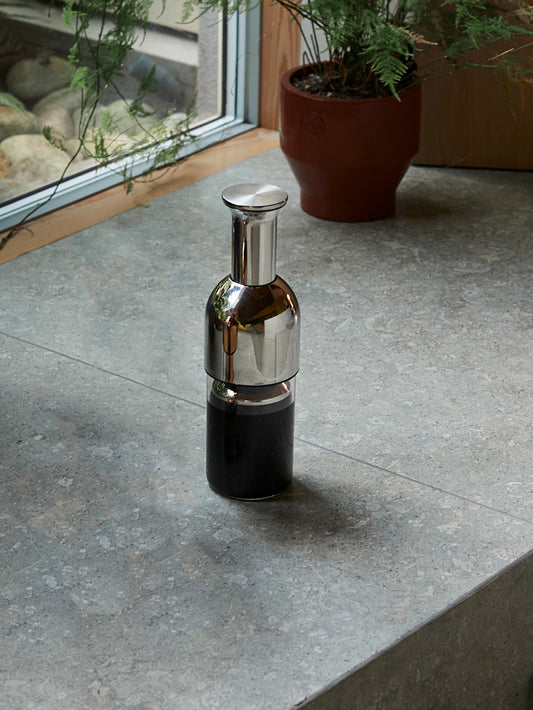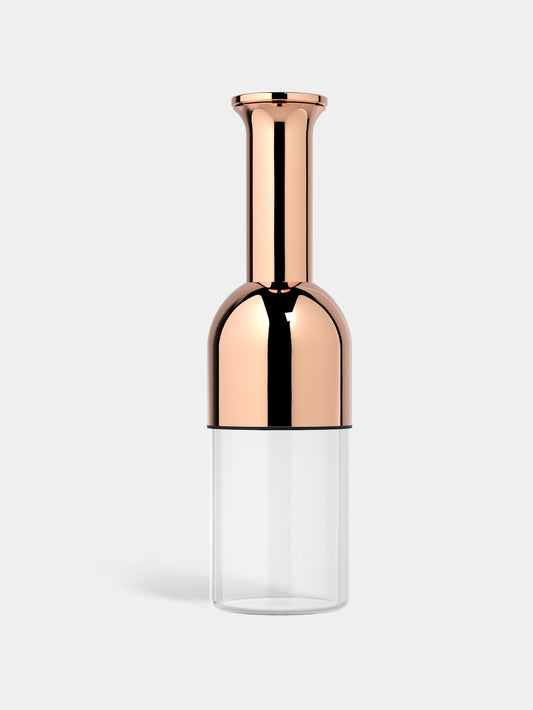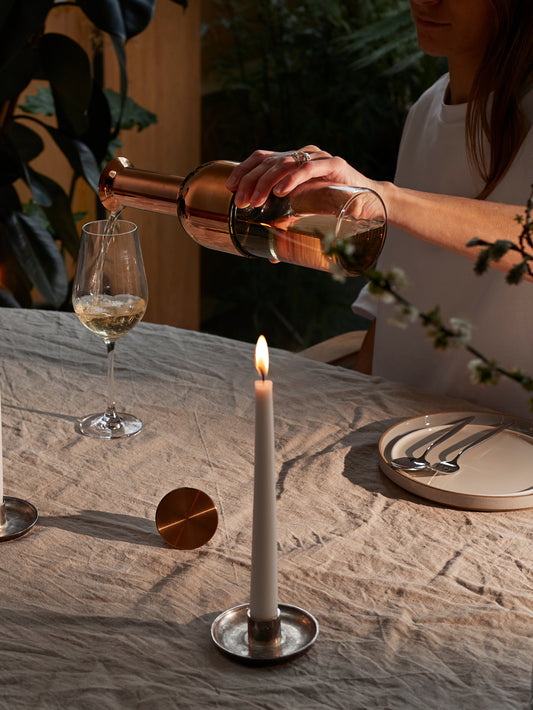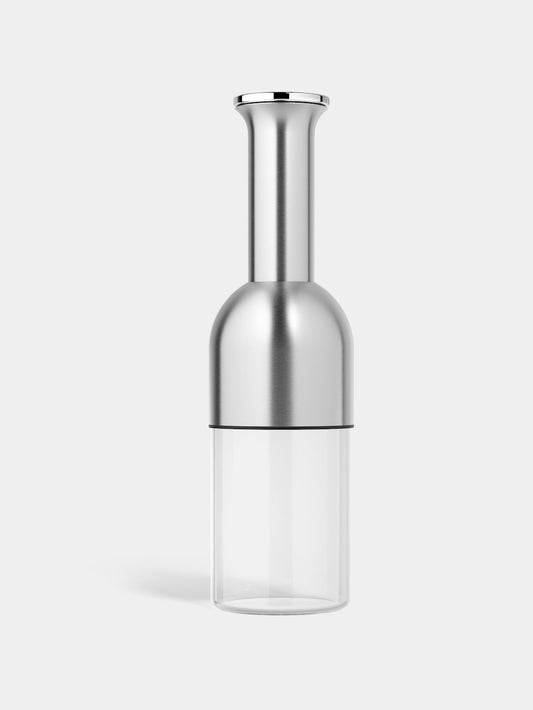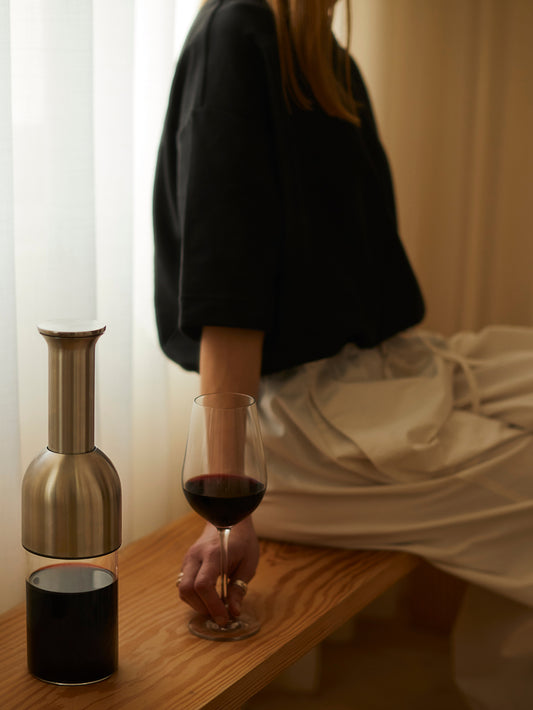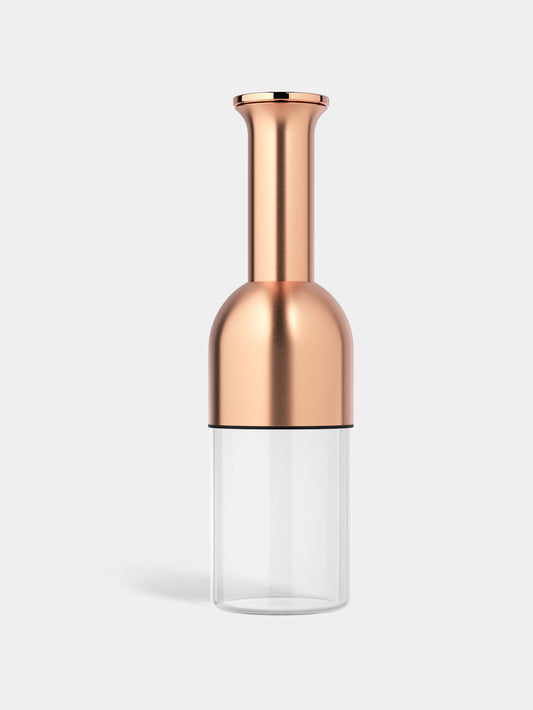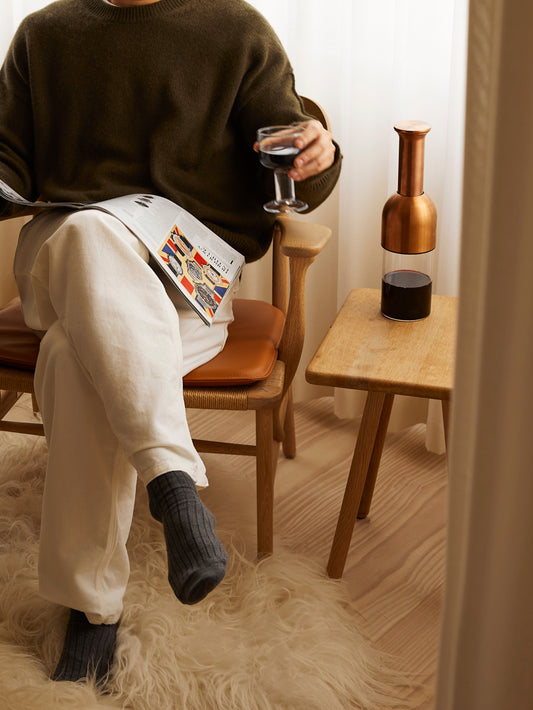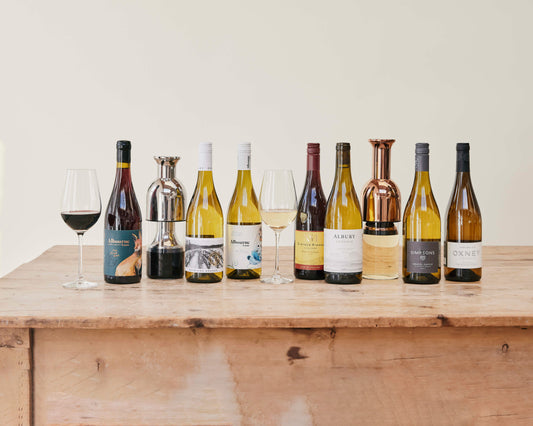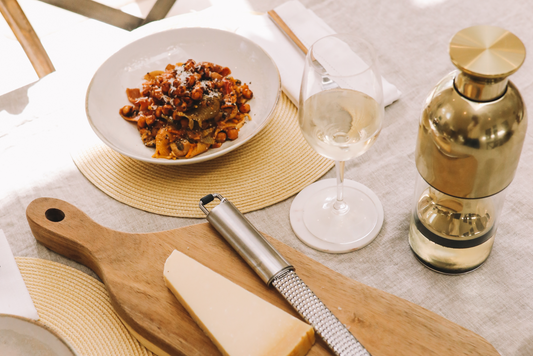From gauche to glam: The rise in popularity of Rosé Wine
When someone mentions a glass of rosé, what image do you conjure up? The answer to this question might depend on your age. For Gen Z, this could be a glass of ice cold Miraval, sipped at a sophisticated summer party alongside Angelina Jolie or Amal Clooney. But older drinkers might imagine something a little more saccharine.
For boomers, there’s the memory of mass-marketed rosés like Mateus, Las Lanzas and Faisca – indeed, Mateus was so prolific in the 1970’s that its bottles as candle holders became a summer standard. For Gen X, sweet Californian rosés from the ‘blush zinfandel’ family blossomed. But while their vibrant pink colour looked appealing, the wine itself didn’t impress many serious connoisseurs.
And while the reputation of rosé has improved in the last twenty years, there are some wine enthusiasts who are still not convinced that it’s a serious wine. In France, you might find the locals referring to it as ‘rosé piscine’ – a wine only good enough to be drunk for refreshment by the side of a swimming pool. Its celebrity ties might tempt some wine drinkers, but for others it’s simply adding style to cover up a lack of substance.
With global consumption of rosé wine up by almost a quarter over the last 20 years – and Provence rosé sales up 7% in just the last year – clearly not everyone agrees with these critics.…
eto wine decanter in Stainless satin
Where did Rosé Wine originate from?
Rosé actually has its roots in ancient history. Rosé was enjoyed by the ancient Greeks, and the Romans were fans of the Provençal variety during their rule.
In the Middle Ages, the Bordeaux region of France created a violet-coloured rosé which first became popular in France, and later – when Bordeaux came under British rule – in England too. It was given the name claret – now associated with red wine – the word coming from the Latin claritas which means clear. The writer Samuel Johnson was clear in his assessment too, famously stating, He who aspires to be a serious wine drinker must drink Claret.
Whispering Angel Rosé Wine Set A New Standard
Towards the end of the 20th century, winemakers decided to change the reputation of rosé by challenging themselves to produce a higher-quality wine. They pioneered new production methods, [often involving expensive special press equipment and processes developed for those willing to make the commitment and the investment]. These became known as “direct press” rosés. They produced wines as different in style to the traditional rosés as espresso to filter coffee. The ambition to increase the notoriety of this “serious” rosé was led by Sacha Lichine – a passionate winemaker and businessman who has been described as the architect of the rosé renaissance.
First to showcase this new standard of rosé wine was Whispering Angel, the flagship label of the Chateau d’Esclans estate owned by Lichine. And Whispering Angel’s success then paved the way for more Provençal labels to win global acclaim, such as Minuty, Ott, Mirabeau and Léoube alongside smaller producers from Provence and nearby such as Domaine Tempier and Chêne Bleu.
While Southern France is considered the home of quality rosé wine, there are many high-quality varieties produced elsewhere. Elegant rosés are now produced in Greece, Lebanon and the UK. Darker and bolder, rosado wine produced in Spain's Rioja and Navarra regions is well-received by wine experts. And within France, the Bordeaux region is also seeing a rosé revival. In a recent blind taste test by the Revue Du Vins de France – 16 from Provence and 12 from Bordeaux – there was a mix of winners with Bordeaux varieties achieving 4th and 6th place.
So if Provence provenance and celebrity endorsement aren’t everything, where do we find the best rosé wines?
What makes a good rosé wine?
We asked Nicole Rolet – principal of Chêne Bleu wines – what makes a good rosé?
"A good rosé should be the ultimate day-to-evening wine; with a depth and complexity of flavour making it versatile enough to pair with many dishes, and elegant enough to please most palates. The intent is everything. A great rosé will be made with the same care and attention to detail as a fine white or red wine, resulting in balanced, complex flavours and even an ability to age. We set out to make Chêne Bleu ‘ Le Rosé ‘ from specific vines in specific parcels. Then we cultivate the vines and pick the grapes at their optimal ripeness accordingly. Equally important is how the grapes are treated in the cellar, we blend according to vintage and after gently ageing part of the wine in large oak barrels, and we use vegan green-pea power rather than synthetic fining agents to fine the wine”.
eto wine decanter in Brass satin finish & Nicole Rolet on rosé
How to find the best Rosé Wines: eto’s Advice
Don’t Judge Rosé By it’s Colour
The colour of the wine is determined by the amount of contact time between the juice of the grape and its skin – the longer the contact time, the deeper the colour. But the main flavour of the grape sits just below the skin. Paler doesn’t automatically mean drier or lacking in complexity, just as darker doesn’t mean sweeter or fuller favoured. These assumptions have been created by our experience of mass-produced lower quality wines – but don’t let disappointments of the past colour your judgement today.
Match the colour of your Rose to your meal
Our second piece of advice is to match the colour of your rosé wine choice with your meal. Paler rosé goes well with lighter flavours such as seafood, chicken, grilled vegetables and salads. Darker rosé complements stronger flavours like spicy curries or meaty barbecues. The colour of your rosé should determine the temperature it’s served at too. Pale rosé is best served cold, while the darker varieties should be more lightly chilled.
Our top Rosé Wines to try now
If our journey through the renaissance of rosé wine has ignited your tastebuds, here are our top picks for summer 2023.

Interested in more wine guides? Take a turn to the dark side with our black wine guide.



